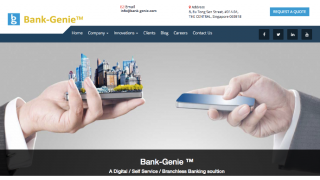With the stress towards financial inclusion by the Indian Government and adoption of online banking and digital payments, a greater need to manage huge data arises which increase revenue and bank’s customers’. Data analytics can manage greater systematic risks. Also, effective engagement with customers is possible with technologies like chatbots. Innovations would attract new customers in a dynamic and competitive environment. Profiling as well as looking at the life cycle of each customer would create opportunities for more avenues of revenue and thereby minimizing risk of defaults. Getting a market overview by means of data analytics would help banks in deciding on their business strategies. Read more at: http://analyticsindiamag.com/data-analytics-expedite-financial-inclusion/





